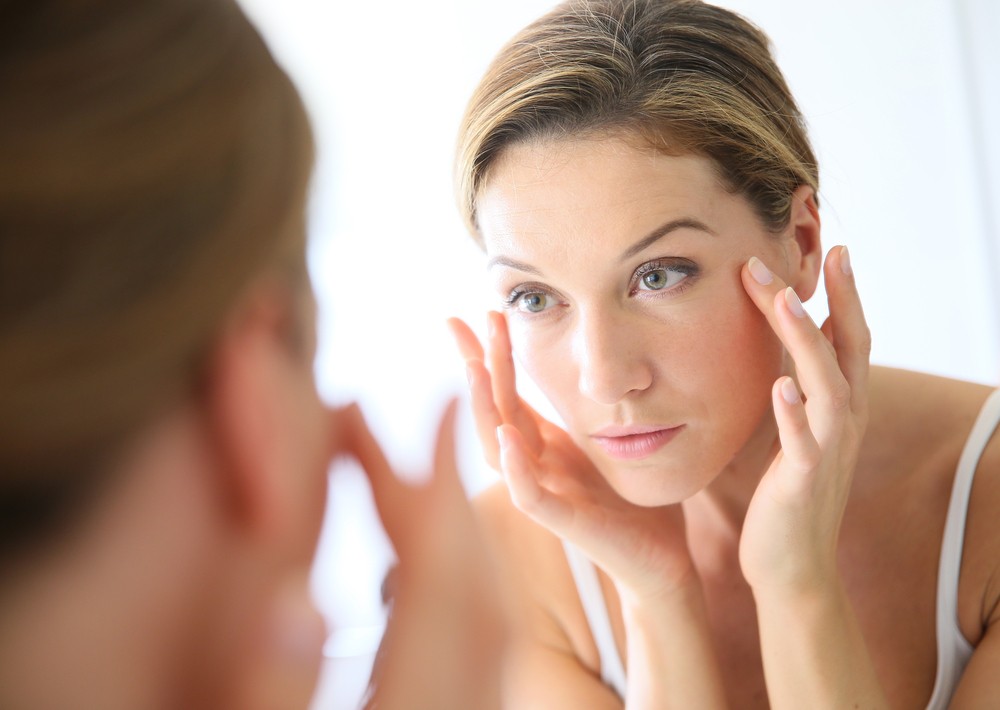A drooping eyelid, scientifically termed ptosis or blepharoptosis, is a condition whereas the upper eyelid sinks to an uncommonly low position. While many people’s core concern with blepharoptosis centers in vanity, the condition can disrupt vision. Blepharoptosis can be found in one, or both, eyes.
Blepharoptosis can come on strong in a matter of hours. When this happens, it signals a potentially problematic health issue. Typically, the condition develops over years.
Excess fat that develops below or above the eyelid is typically the cause of the sagging eyebrow that leads to the “droopy appearance.”
The condition can cause you to appear much older than your actual age.
Diagnosing Blepharoptosis
To accurately diagnose blepharoptosis, your doctor will need to take exact measurements of your eye’s opening cavity. But most likely, you’ll notice the condition developing when you look into a mirror. The narrowing eye cavity is often visually evident to those affected by the condition.
Some people may begin to experience poor vision. Those who don’t understand that their decreased vision is a symptom of blepharoptosis may compensate by raising their eyebrow(s) to increase the range of vision.
Age can serve as the main factor in the onset of blepharoptosis. Your doctor may perform both a physical and neurological examination in order to diagnose blepharoptosis appropriately.
If your blepharoptosis develops over hours, you must call your medical professional immediately. This could be the symptom of a dangerous health condition.
Otherwise, in cases where the blepharoptosis develops over years and even decades, you do have options.
Blepharoplasty Benefits: When Non-Invasive Surgery Can Help
The good news is that a procedure known as blepharoplasty can help cure the issue. At Starks, patients have regained both vision and confidence after undertaking Blephoraplasty procedures.
You should consider blepharoplasty if you are experiencing any of the following:
- Excess bags under your eyes
- A droopy eyelid appearance
- Skin disrupting peripheral vision
- Excess, drooping skin on the lower eyelids
Often, blepharoplasty is performed alongside other procedures, such as a facelift of a brow lift.
Preparing For Blepharoplasty
If you do choose to undergo a blepharoplasty procedure, Starks medical professionals will need to understand your medical history. You’ll be given both physical and vision examinations. And medical professionals are likely to utilize images of your eyelids. You may be asked to cease the use of any medications or supplements that could interfere with the procedure’s success.
Recovering From Blepharoplasty
Following the blepharoplasty procedure, you’ll be monitored for a few hours. Otherwise, you’re likely to go home later in the day. Blepharoplasty recovery is typically mild. You may experience the following:
- Watery eyes
- Sensitivity to light
- Swollen eyelids
- Bruises around the eyes
To counter any potential mild blepharoplasty side effects, you’ll likely be asked to apply ice to your eyes on an hourly basis. You’ll also be instructed on properly cleaning the eyes. You should avoid any strenuous activities for at least a week.
It’s best not to rub your eyes, nor smoke. You may feel better wearing tinted glasses. You may be told to sleep with your head elevated.
Conclusion
A blepharoplasty procedure can help improve vision for those who are experiencing skin obstruction over the eye cavity. Additionally, the procedure can enhance your appearance by reducing bags under your eyes.
Please contact a Starks medical professional to schedule a consultation.




